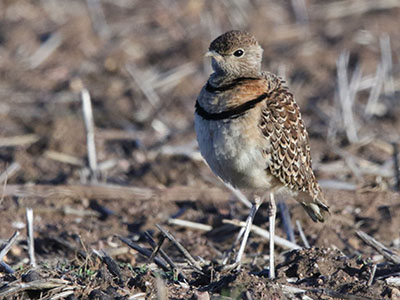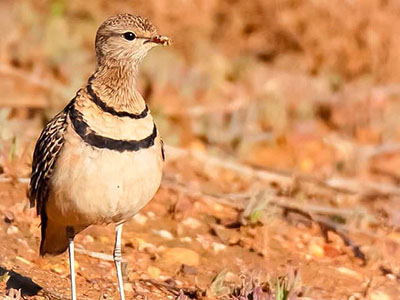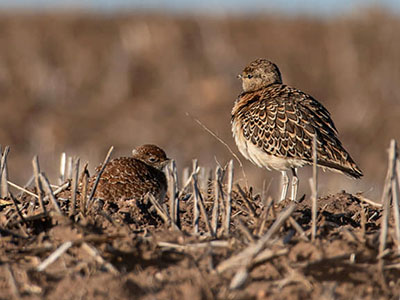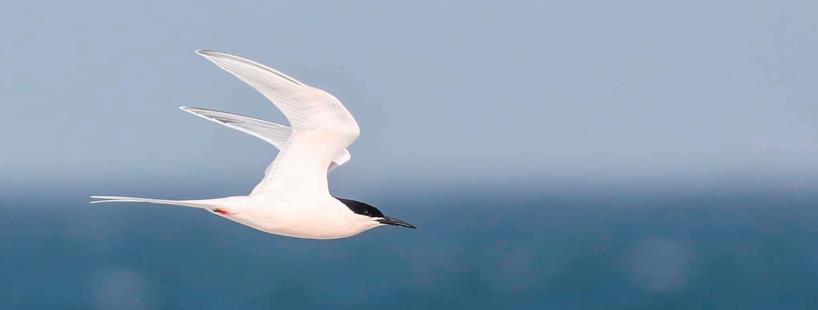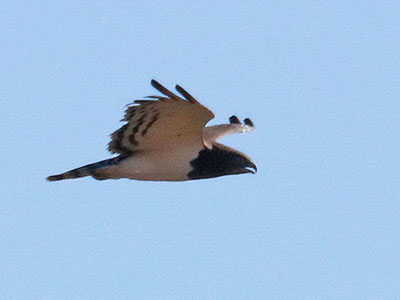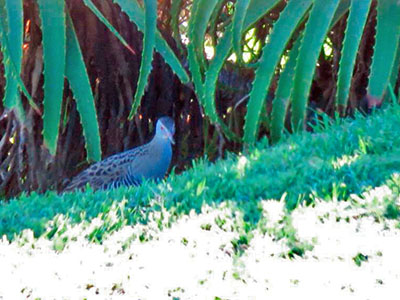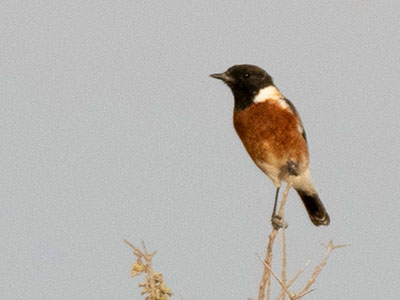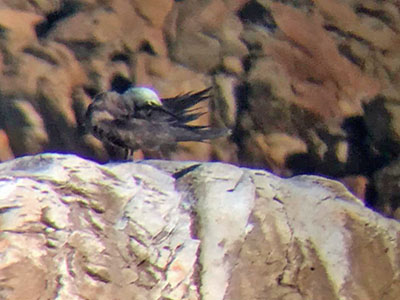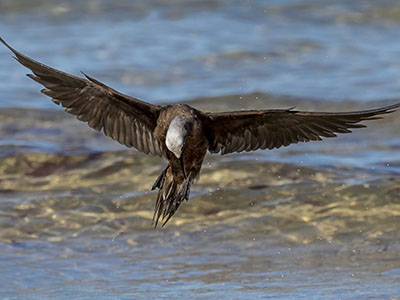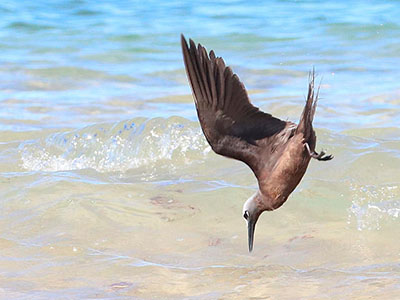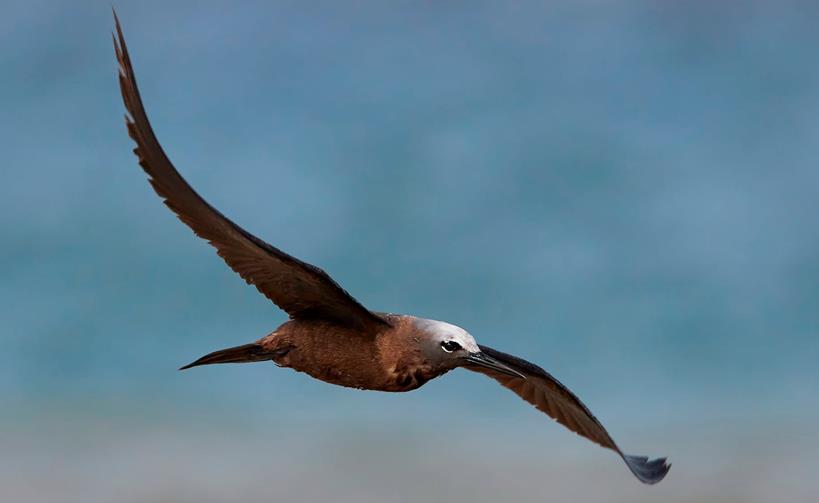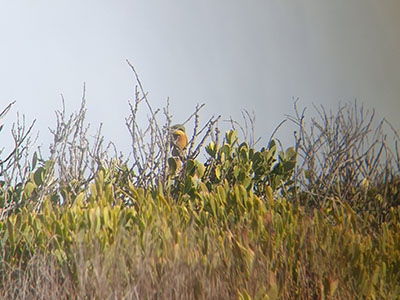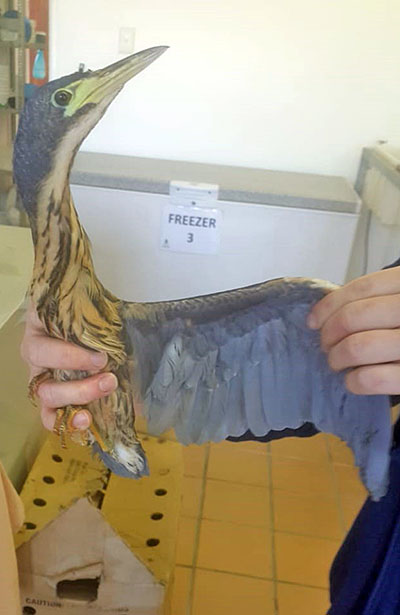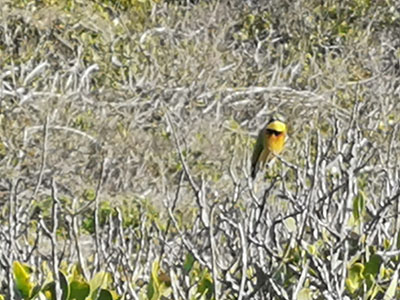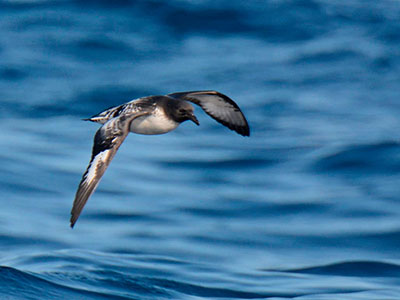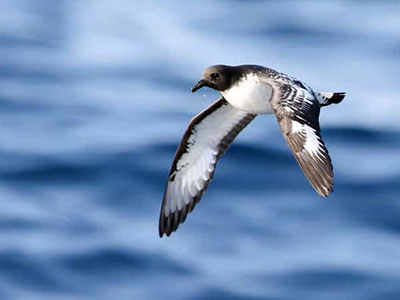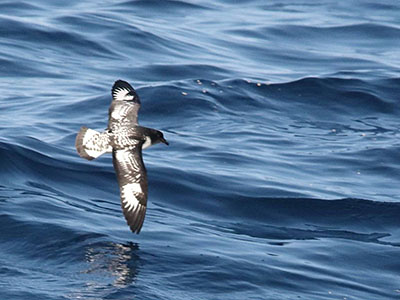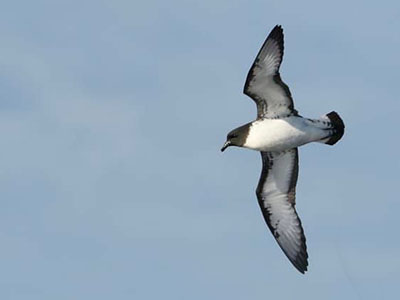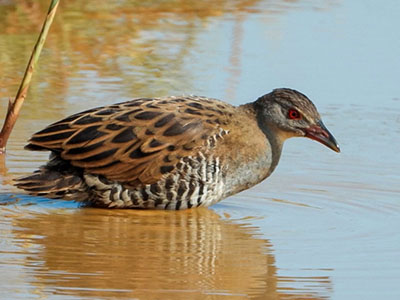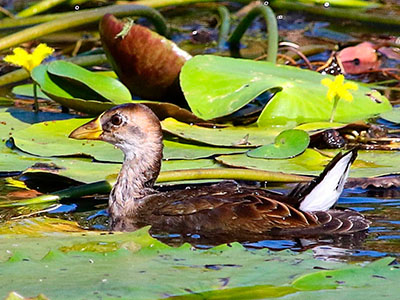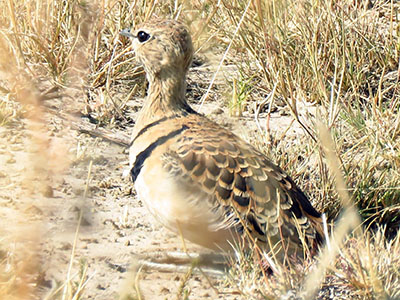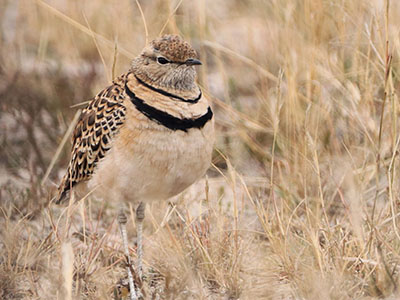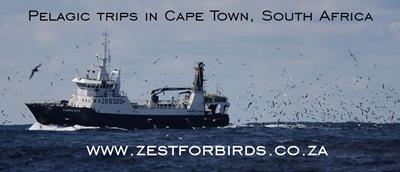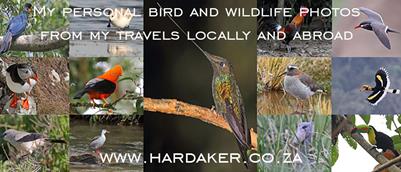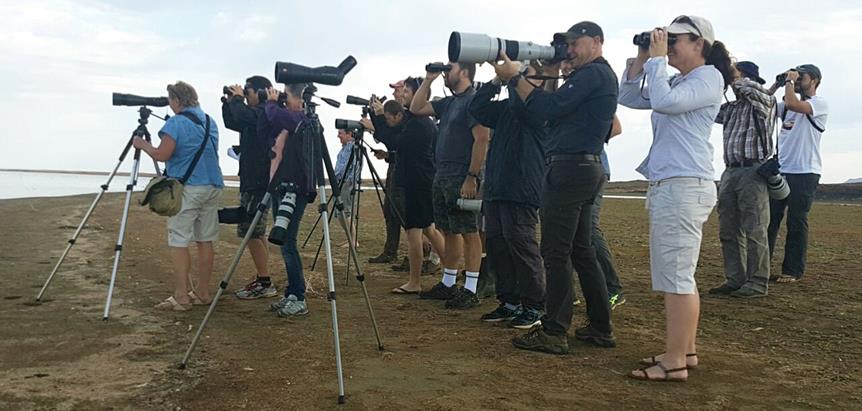SA Rare Bird News Report - 24 May 2021
Trevor Hardaker
| |||||||||
| |||||||||
S O U T H E R N A F R I C A N R A R E B I R D N E W S R E P O R T | |||||||||
|
|
| |||||||
This is the Southern African Rare Bird News Report issued at 18h00 on Monday, 24 May 2021.
Information has been gleaned from various websites, email groups as well as from individual observers who have passed on their sightings. This report cannot be taken as being totally comprehensive as it is based only on information made available at the time of writing. All bird sightings reported here are reported in good faith based on information as provided by the observers. Any inaccuracies are totally unintentional and the writer cannot be held liable for these.
None of the records included in this report have undergone any adjudication process with any of the subregion’s Rarities Committees, so inclusion in this report does not constitute any official confirmation of the particular record. Observers are still encouraged to make the necessary submissions accordingly.
For those who may have only joined the group recently and are interested in finding out what has been seen in the past, previous reports can be viewed at http://groups.google.co.za/group/sa-rarebirdnews |
| SARBN is proud to be associated with the following brands: | |||||||
| |||||||||
| |||||||||
| |||||||||
|
|
| |||||||
| |||||||||
|
| ||||||||
PLEASE CONSIDER FOLLOWING ME ON SOCIAL MEDIA BY CLICKING ON THE LINKED ICONS BELOW: | |||||||||
|
| ||||||||
|
| ||||||||
| |||||||||
|
| ||||||||
Starting in the Western Cape, there were good pelagic species seen yesterday with different pelagic trips delivering both a NORTHERN and a SOUTHERN ROYAL ALBATROSS while a fishing trip west of Hout Bay also turned up a juvenile WANDERING ALBATROSS. Two RED-BILLED QUELEAS were seen in a garden in Kommetjie on Saturday, another RED-BILLED QUELEA was reported this afternoon in the Philippi farmlands at -34.068, 18.550, the GOLIATH HERON was still at Rondevlei Nature Reserve yesterday, a BLACK-CHESTED SNAKE EAGLE was seen north of Darling at -33.245, 18.387 yesterday, the popular DOUBLE-BANDED COURSERS were still near Moorreesburg at -33.148, 18.468 on Saturday and a CINNAMON-BREASTED BUNTING was reported along the Dasklip Pass at -32.910, 19.033 on Saturday as well. Heading eastwards, 2 AFRICAN PALM SWIFTS were reported at the New Harbour in Hermanus on Friday, 2 ROSEATE TERNS were seen at Kleinbaai at -34.626, 19.340 this morning (and as many as 6 seen there this afternoon), a rather out of range WHITE-BROWED SCRUB ROBIN was seen just outside Prince Albert at -33.245, 22.037 yesterday, a single FULVOUS WHISTLING DUCK was present this morning near George at -33.974, 22.366, a SQUACCO HERON turned up at George Water Works at -33.998, 22.418 this afternoon, 2 SQUACCO HERONS were reported in the channel between Langevlei and Rondevlei, between Wilderness and Sedgefield, today and yet another AFRICAN CRAKE was found at Formosa Gardens in Plettenberg Bay yesterday and was still there today. | |||||||||
|
| ||||||||
|
| ||||||||
Southern Royal Albatross on pelagic trip © Alice Moller | Wandering Albatross on fishing trip © Simon Walker | ||||||||
|
| ||||||||
| |||||||||
Northern Royal Albatross on pelagic trip © Trevor Hardaker | |||||||||
|
| ||||||||
|
| ||||||||
Red-billed Quelea in Kommetjie © Trijntje de Jonge | Double-banded Courser near Moorreesburg © Stephen Mills | ||||||||
|
| ||||||||
|
| ||||||||
Double-banded Courser near Moorreesburg © Jacques Giliomee | Double-banded Courser near Moorreesburg © Kevin Shields | ||||||||
|
| ||||||||
|
| ||||||||
Double-banded Courser near Moorreesburg © Pamela Cooper | Double-banded Coursers near Moorreesburg © Robert Cooper | ||||||||
|
| ||||||||
| |||||||||
Roseate Tern at Kleinbaai © Tinus le Roux | |||||||||
|
| ||||||||
|
| ||||||||
Black-chested Snake Eagle north of Darling © Otto Schmidt | Fulvous Whistling Duck near George © Amanda Walden | ||||||||
|
| ||||||||
|
| ||||||||
White-browed Scrub Robin in Prince Albert © Pieter Uitenweerde | African Crake at Formosa Gardens © Chris van Gass | ||||||||
|
| ||||||||
In the Northern Cape, a male AFRICAN STONECHAT was seen near Samevloeing waterhole in the Kgalagadi Transfrontier Park on Wednesday, out of range for this species.
In the Eastern Cape, the mega LESSER NODDY was still parading around for happy twitchers at Cape Recife today while a single LITTLE BEE-EATER was also found in the parking area at Cape Recife this afternoon as well. An exhausted DWARF BITTERN was also found in Port Elizabeth earlier today and taken to SANCCOB for rehabilitation while, also of local interest, there were 3 HOUSE CROWS still present at Klipfontein near Bushmans River this afternoon as well. | |||||||||
|
| ||||||||
|
| ||||||||
African Stonechat near Samevloeing waterhole © Jenny Andersen | Lesser Noddy at Cape Recife © Greg de Klerk | ||||||||
|
| ||||||||
|
| ||||||||
Lesser Noddy at Cape Recife © Rod Green | Lesser Noddy at Cape Recife © Patrick Killian | ||||||||
|
| ||||||||
| |||||||||
Lesser Noddy at Cape Recife © Matthijs Ravensberg | |||||||||
|
| ||||||||
|
| ||||||||
Little Bee-eater at Cape Recife © Jan Dykema | |||||||||
| |||||||||
| |||||||||
Little Bee-eater at Cape Recife © Andrew Kearney | Dwarf Bittern in Port Elizabeth © Matthijs Ravensberg | ||||||||
|
| ||||||||
Moving up the coast into Kwazulu Natal, a pelagic trip out of Durban yesterday turned up a PINTADO (CAPE) PETREL, apparently the first time this species has been seen in the province for at least 8 years while other good records included a LESSER MOORHEN on private farm dam in Port Edward yesterday, an AFRICAN CRAKE at Umlalazi Nature Reserve in Mtunzini at -28.945, 31.780 on Saturday and yesterday, a PURPLE ROLLER found at Manyoni Private Game Reserve on Friday and a DARK CHANTING GOSHAWK seen there this morning while there was also still a CINNAMON-BREASTED BUNTING present at Thurlow yesterday along the road near the entrance. | |||||||||
|
| ||||||||
|
| ||||||||
Pintado Petrel on pelagic trip © Dave Rimmer | Pintado Petrel on pelagic trip © Zach Simpson | ||||||||
|
| ||||||||
|
| ||||||||
Pintado Petrel on pelagic trip © Bart Fokkens | Pintado Petrel on pelagic trip © Mike O’Donaghue | ||||||||
|
| ||||||||
|
| ||||||||
African Crake in Mtunzini © Karen Diederiks | Lesser Moorhen in Port Edward © Lia Steen | ||||||||
|
| ||||||||
Gauteng turned up a SWALLOW-TAILED BEE-EATER at Suikerbosrand Nature Reserve at -26.499, 28.155 on Saturday.
Across in Mpumalanga, a DOUBLE-BANDED COURSER was found north-west of Villiers at -27.023, 28.545 on Saturday and was still there yesterday while a GREAT WHITE PELICAN was seen south of Leandra at -26.528, 28.853 on Saturday.
Into Namibia where the long-staying BLACK SPARROWHAWK was seen over Kramersdorf in Swakopmund on Friday.
And finally, in Mozambique, the MALAGASY POND HERON was still at Dunes de Dovela on Friday. | |||||||||
|
| ||||||||
|
| ||||||||
Double-banded Courser north-west of Villiers © Pieter Vrey | Double-banded Courser north-west of Villiers © Tobie Pretorius | ||||||||
|
| ||||||||
Thank you to all observers who have contributed their records. Please continue to send through any reports of odd birds as well as continued updates on the presence of rarities already previously reported, no matter how mundane you think they may be. Even if you think someone else has probably sent in a report, rather send the report yourself as well. The only way to improve this service and to make it as useful as possible to everyone is if it can be as comprehensive as possible.
Kind regards Trevor | |||||||||
| |||||||||
TREVOR HARDAKER Cape Town, South Africa |
|
|
|
| |||||
| |||||||||
| |||||||||
| |||||||||








